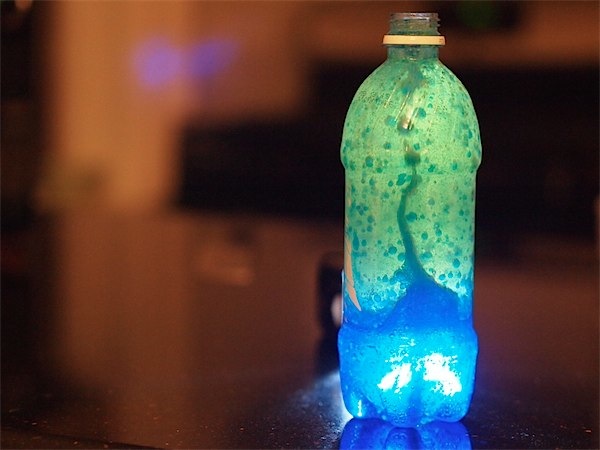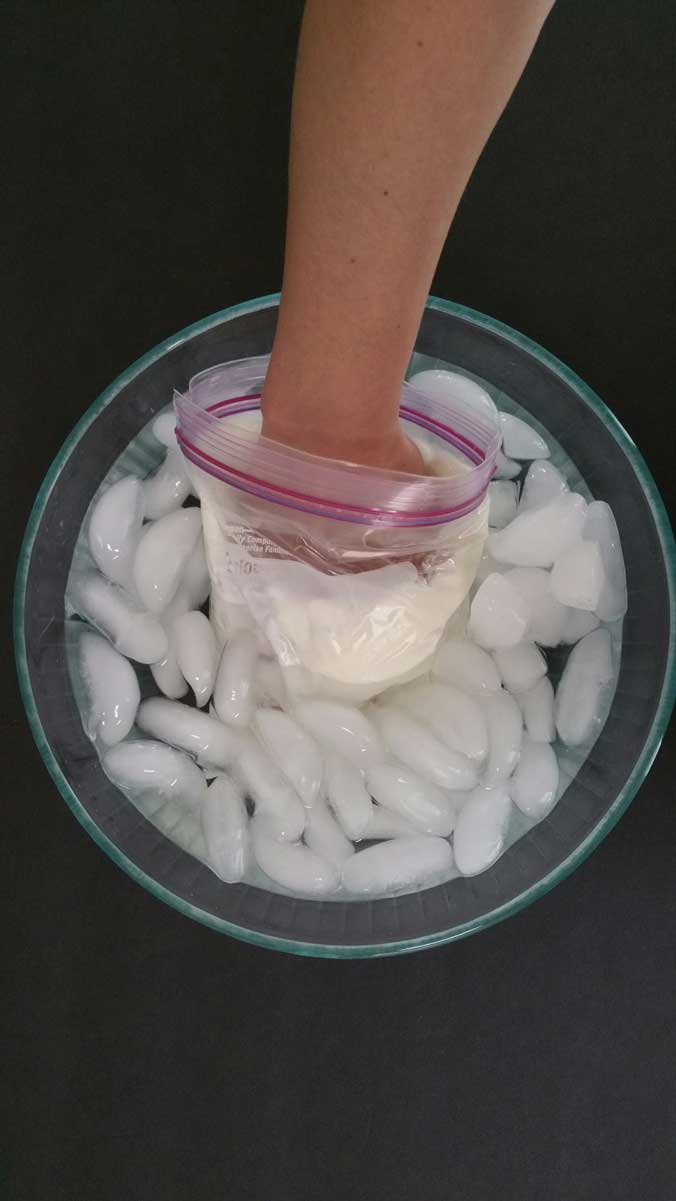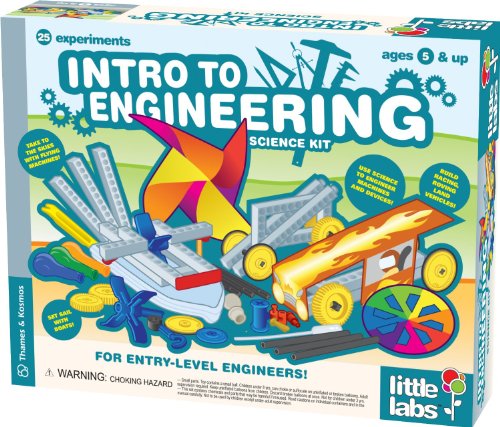Battery and light bulb experiment
If you’re searching for battery and light bulb experiment pictures information connected with to the battery and light bulb experiment topic, you have visit the right blog. Our site frequently gives you hints for seeking the highest quality video and picture content, please kindly search and find more enlightening video content and graphics that fit your interests.
Battery And Light Bulb Experiment. Whether you are a parent teacher or homeschooler you will love engaging students curiosity and teaching them science with these fun science fair projects with batteries these are fun science projects for kids from kindergarten first grade 2nd grade 3rd grade 4th grade 5th grade and 6th grade students. The light should shine. Tape the other end of the wire to the bottom of the light bulb stem. The bulb lights up because you are making a complete electrical circuit between the positive and negative terminals of the battery and the 2 wires that are inside the light bulb s base.
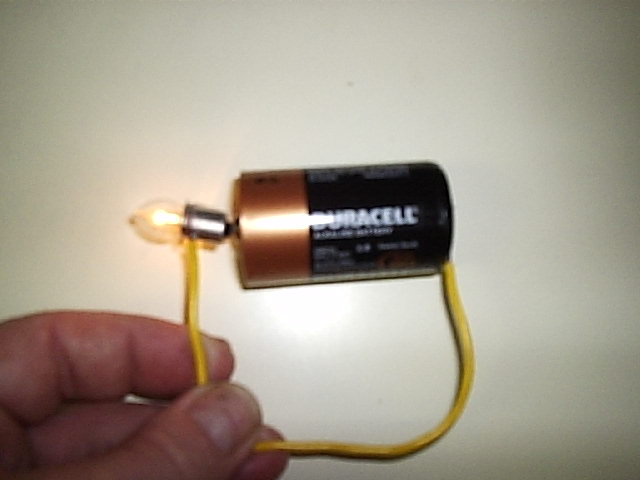 Battery Light Project How Things Work From how-things-work-science-projects.com
Battery Light Project How Things Work From how-things-work-science-projects.com
You can also try this experiment with just 1 wire by touching the light bulb directly to 1 of the batteries terminals for 1 of the connections. For each pair of students you ll need a 1 5 volt light bulb a battery and a strip of aluminum foil. Use optional materials to make this activity easier or to create a simple light that stands alone without tape or holding the bulb against the battery. Use this battery and bulb experiment to teach kids about electrical circuits. Whether you are a parent teacher or homeschooler you will love engaging students curiosity and teaching them science with these fun science fair projects with batteries these are fun science projects for kids from kindergarten first grade 2nd grade 3rd grade 4th grade 5th grade and 6th grade students. Exploring simple electric circuits preparatory questions for review.
For each pair of students you ll need a 1 5 volt light bulb a battery and a strip of aluminum foil.
The light bulb experiment. Use this battery and bulb experiment to teach kids about electrical circuits. To promote inquiry just tell them to light the bulb. Exploring simple electric circuits preparatory questions for review. You can also try this experiment with just 1 wire by touching the light bulb directly to 1 of the batteries terminals for 1 of the connections. Place the light bulb with the screw in end on the top bit positive end of the battery.
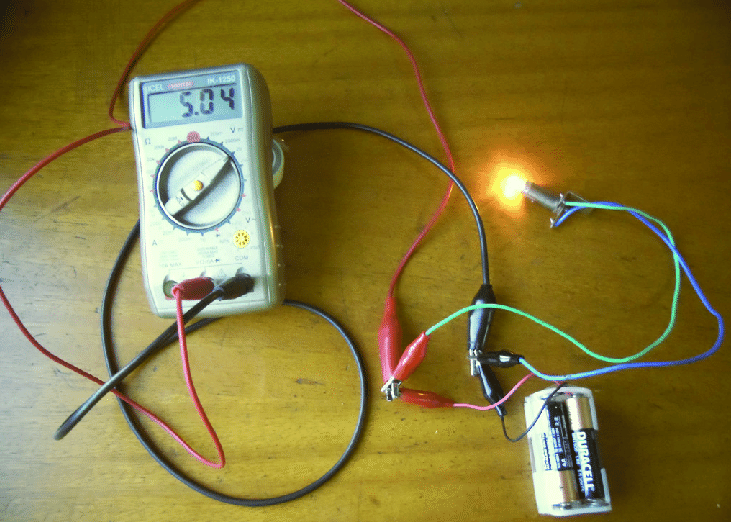 Source: researchgate.net
Source: researchgate.net
Tape the other end of the wire to the bottom of the light bulb stem. When you set up the circuit in step 1 it was an open. Whether you are a parent teacher or homeschooler you will love engaging students curiosity and teaching them science with these fun science fair projects with batteries these are fun science projects for kids from kindergarten first grade 2nd grade 3rd grade 4th grade 5th grade and 6th grade students. Also read this guide sheet which contains some of the answers 1. Exploring simple electric circuits preparatory questions for review.
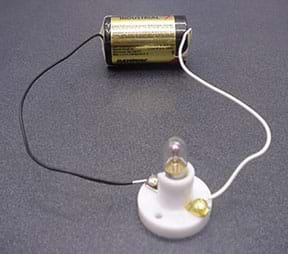 Source: glscience.pbworks.com
Source: glscience.pbworks.com
Buy switches to turn the bulb on and off bulb or battery holders wires with alligator clips attached and additional bulbs or batteries at teacher and hobby stores. If it doesn t light up the object is an insulator and it stops the flow of electricity just like an open circuit does. You can also try this experiment with just 1 wire by touching the light bulb directly to 1 of the batteries terminals for 1 of the connections. The light should shine. Use optional materials to make this activity easier or to create a simple light that stands alone without tape or holding the bulb against the battery.
 Source: youtube.com
Source: youtube.com
For each pair of students you ll need a 1 5 volt light bulb a battery and a strip of aluminum foil. Buy switches to turn the bulb on and off bulb or battery holders wires with alligator clips attached and additional bulbs or batteries at teacher and hobby stores. If it doesn t either the wire on the battery or the wire on the light is not making a good connection. The light bulb lights up because the conductor completes or closes the circuit and electricity can flow from the battery to the light bulb and back to the battery. To promote inquiry just tell them to light the bulb.
 Source: scienceprojects.org
Source: scienceprojects.org
The bulb lights up because you are making a complete electrical circuit between the positive and negative terminals of the battery and the 2 wires that are inside the light bulb s base. To promote inquiry just tell them to light the bulb. Use this battery and bulb experiment to teach kids about electrical circuits. The light should shine. Whether you are a parent teacher or homeschooler you will love engaging students curiosity and teaching them science with these fun science fair projects with batteries these are fun science projects for kids from kindergarten first grade 2nd grade 3rd grade 4th grade 5th grade and 6th grade students.
 Source: m.youtube.com
Source: m.youtube.com
Exploring simple electric circuits preparatory questions for review. When you connect the two wires to the light bulb it will light up source. To promote inquiry just tell them to light the bulb. Battery and bulb experiment. Whether you are a parent teacher or homeschooler you will love engaging students curiosity and teaching them science with these fun science fair projects with batteries these are fun science projects for kids from kindergarten first grade 2nd grade 3rd grade 4th grade 5th grade and 6th grade students.
 Source: enjoy-teaching.com
Source: enjoy-teaching.com
When you set up the circuit in step 1 it was an open. For each pair of students you ll need a 1 5 volt light bulb a battery and a strip of aluminum foil. If a bulb connected directly to a 6 v battery glows brightly when 1 a of current passes. Use optional materials to make this activity easier or to create a simple light that stands alone without tape or holding the bulb against the battery. Tape the other end of the wire to the bottom of the light bulb stem.
 Source: pinterest.com
Source: pinterest.com
Either tape or hold the straight end of the wire on one end of the battery with your thumb and touch the end of the light bulb to the other end of the battery as shown in the next photo. Also read this guide sheet which contains some of the answers 1. Battery experiments for kids. If it doesn t either the wire on the battery or the wire on the light is not making a good connection. When you set up the circuit in step 1 it was an open.
 Source: m.youtube.com
Source: m.youtube.com
Buy switches to turn the bulb on and off bulb or battery holders wires with alligator clips attached and additional bulbs or batteries at teacher and hobby stores. Exploring simple electric circuits preparatory questions for review. Battery experiments for kids. To promote inquiry just tell them to light the bulb. You can also try this experiment with just 1 wire by touching the light bulb directly to 1 of the batteries terminals for 1 of the connections.
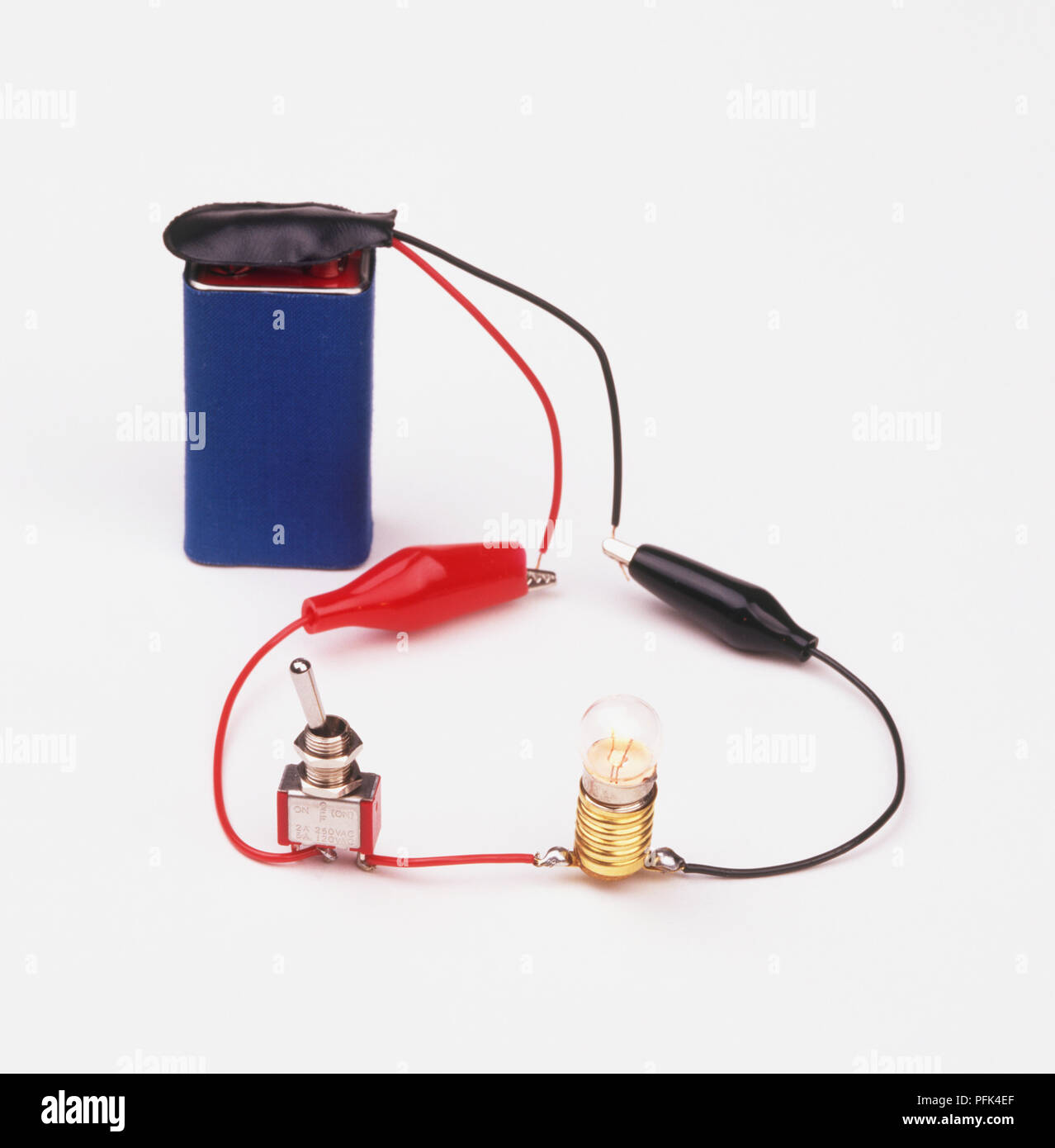 Source: alamy.com
Source: alamy.com
Use this battery and bulb experiment to teach kids about electrical circuits. Electrons flow out of the negative terminal of the battery through the bulb and back into the positive side of the battery to make the bulb light up source. Use optional materials to make this activity easier or to create a simple light that stands alone without tape or holding the bulb against the battery. For each pair of students you ll need a 1 5 volt light bulb a battery and a strip of aluminum foil. The light bulb experiment.
 Source: pinterest.com
Source: pinterest.com
When you set up the circuit in step 1 it was an open. Also read this guide sheet which contains some of the answers 1. Electrons flow out of the negative terminal of the battery through the bulb and back into the positive side of the battery to make the bulb light up source. The light bulb lights up because the conductor completes or closes the circuit and electricity can flow from the battery to the light bulb and back to the battery. If it doesn t either the wire on the battery or the wire on the light is not making a good connection.
 Source: instructables.com
Source: instructables.com
Battery and bulb experiment. Battery experiments for kids. To promote inquiry just tell them to light the bulb. Tape the other end of the wire to the bottom of the light bulb stem. Whether you are a parent teacher or homeschooler you will love engaging students curiosity and teaching them science with these fun science fair projects with batteries these are fun science projects for kids from kindergarten first grade 2nd grade 3rd grade 4th grade 5th grade and 6th grade students.
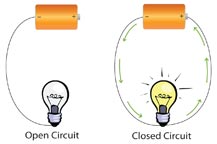 Source: learning-center.homesciencetools.com
Source: learning-center.homesciencetools.com
Place one end of the aluminum foil on the bottom negative end flat end of the battery and hold it in place against a flat surface. Use optional materials to make this activity easier or to create a simple light that stands alone without tape or holding the bulb against the battery. Exploring simple electric circuits preparatory questions for review. Tape the other end of the wire to the bottom of the light bulb stem. Also read this guide sheet which contains some of the answers 1.
 Source: old.miniscience.com
Source: old.miniscience.com
Also read this guide sheet which contains some of the answers 1. The light bulb lights up because the conductor completes or closes the circuit and electricity can flow from the battery to the light bulb and back to the battery. Buy switches to turn the bulb on and off bulb or battery holders wires with alligator clips attached and additional bulbs or batteries at teacher and hobby stores. Use optional materials to make this activity easier or to create a simple light that stands alone without tape or holding the bulb against the battery. If it doesn t light up the object is an insulator and it stops the flow of electricity just like an open circuit does.
 Source: old.miniscience.com
Source: old.miniscience.com
For each pair of students you ll need a 1 5 volt light bulb a battery and a strip of aluminum foil. Battery and bulb experiment. Use this battery and bulb experiment to teach kids about electrical circuits. When you set up the circuit in step 1 it was an open. If a bulb connected directly to a 6 v battery glows brightly when 1 a of current passes.
 Source: how-things-work-science-projects.com
Source: how-things-work-science-projects.com
If a bulb connected directly to a 6 v battery glows brightly when 1 a of current passes. Either tape or hold the straight end of the wire on one end of the battery with your thumb and touch the end of the light bulb to the other end of the battery as shown in the next photo. Use this battery and bulb experiment to teach kids about electrical circuits. The light bulb experiment. When you set up the circuit in step 1 it was an open.
If you find this site value, please support us by sharing this posts to your favorite social media accounts like Facebook, Instagram and so on or you can also bookmark this blog page with the title battery and light bulb experiment by using Ctrl + D for devices a laptop with a Windows operating system or Command + D for laptops with an Apple operating system. If you use a smartphone, you can also use the drawer menu of the browser you are using. Whether it’s a Windows, Mac, iOS or Android operating system, you will still be able to bookmark this website.

